STRESSES IN THE BOND LINE AFTER ADHESIVE CURING - CAUSE AND EFFECT | The most common causes of stresses in bond lines during adhesive curing are the volume reduction of the adhesive due to curing and different thermal expansions of the adhesive and the joined parts or of two different joined parts. When designing adhesive bonds, the question of volume reduction, also known as curing shrinkage, is crucial. It is important to determine the material value and understand how much volume reduction actually causes stress.
more infoMagazine
-
-
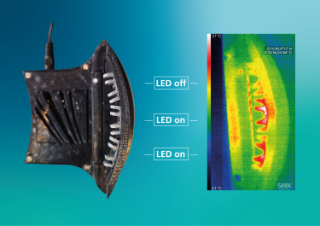
Left: 3D printed plastic component with integrated LEDs and 3D printed heat sink cooling fins (light grey). Right: Thermographic characterisation of heat dissipation.
THERMALLY CONDUCTIVE HEAT SINK MATERIAL FOR 3D PRINTING AND FUNCTION INTEGRATION OF ELECTRONICS | The integration of electronics or LEDs in additively manufactured plastic components involves heat dissipation during operation. Using 3D printing (Fused Filament Fabrication, FFF), thermally conductive plastic composites can be used as heat sinks. The material and process development for applications in the automotive and lighting sectors was part of the »Hyb-Man – Hybrid 3D Manufacturing of Smart Systems« project.
more info -

Bipolar plates from the ZSW are fixed in the printing nest using negative pressure. The structure of the printing nest and screen allow simultaneous coating on the anode (left) and cathode side (right) for each printing process. For printing on the reverse side, the bipolar plates are returned to the screen printing process after curing.
METHODS FOR APPLYING SEALANT TO BIPOLAR PLATES USING SCREEN PRINTING | Fraunhofer IFAM is your competent partner for innovative research services in the field of fuel cell production. In addition to industrial projects in this context, we are active in public research projects - including the National Action Plan for Fuel Cell Production (H2GO). The National Action Plan maps the key sensitivities of the value chain in the production, stacking and recycling of substantial fuel cell components. Fraunhofer IFAM is, among other things, researching the use of the screen printing process for applying sealants to bipolar plates, which has several other advantages in addition to reducing production costs.
more info -
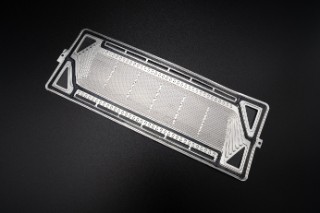
RECYCLING OF FUEL CELLS: ADHESIVE STRATEGIES FOR ASSEMBLY AND DISASSEMBLY | Fuel cells are an elementary component for the use of climate-friendly hydrogen in the transport sector. Fraunhofer IFAM is part of the technology alliance Stack2P in the national project H2Go in the national action plan for fuel cell production funded by the ministry of transport. A central goal is the development of recycling-friendly manufacturing technologies for fuel cells based on the principle of “Design for Recycling” and the implementation in an assembly and disassembly platform for the subsequent transfer of the components into scalable reuse, repair and recycling concepts. The goals are to increase product quality and reduce the product development cycle and development costs as well as reduce production errors.
more info -
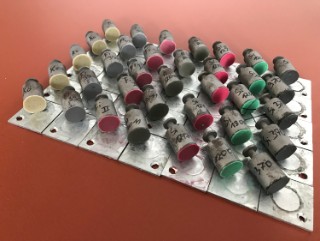
Head tensile specimens for characterization of the adhesives.
MECHANICAL JOINING TECHNOLOGIES AND ADHESIVE BONDING: THE BEST OF BOTH WORLDS IN HYBRID JOINTS | Hybrid joints combine different joining technologies and are increasingly used in various industries. The decisive strength of a hybrid joint is that advantages of the elementary joining technologies are used and disadvantages are compensated. Adhesive bonding can be advantageously combined with various mechanical joining processes, depending on the application and industry. Fraunhofer IFAM develops solutions for various industries, for example for transportation, white goods, or construction.
more info -

BioRUHM
PROJECT “BioRUHM”: REACTIVE URETHANE-FREE HOTMELT ADHESIVE | Reactive hot-melt adhesives (RHM) based on isocyanate are increasingly being used due to their exceptional properties, from packaging to automotive construction and technical textiles. However, the composition of these urethane-based adhesives also involves risks, e.g. the release of hazardous isocyanate. In the “BioRUHM” project, Fraunhofer IFAM is working with project partners to develop a urethane-free concept.
more info -
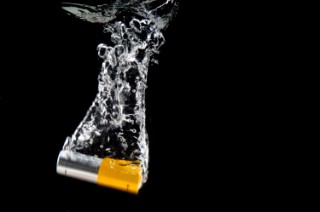
ELECTROCHEMICAL RECOVERY OF CRITICAL RAW MATERIALS FROM WASTEWATER | The efficient recovery of critical raw materials from batteries and production waste is a major challenge for the modern battery industry. In the MeGaBat project, we are developing a sustainable, cost-effective, and low-emission technology for the electrochemical recovery of lithium, cobalt, and other critical raw materials from aqueous sources (wastewater) to solid production waste. Our goal: to establish a flexible, scalable process that advances the circular economy in the battery industry and contributes new concepts for the further development of urban mining.
more info -
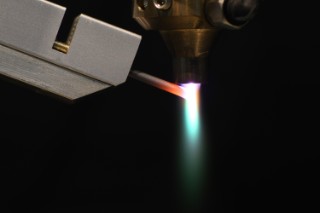
SUSTAINABLE PREPARATION OF POLYMERS FOR METALLIZATION | The metallization of polymer surfaces is indispensable in numerous industries today – from the automotive industry to consumer electronics to medical technology. The preconditioning of these surfaces is currently based on wet chemical processes that primarily use toxic chemicals. There is therefore an urgent need to develop and implement alternative, sustainable processes. The “LaStrADA” research project takes the preconditioning of polymers prior to metallization to a new level – dry, environmentally friendly, and inline-capable.
more info -
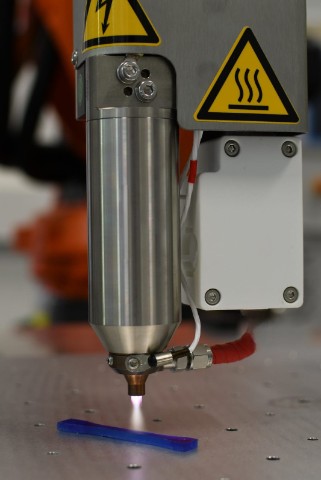
PLASMAPROTECT: LONG-TERM STABILITY OF POLYMER ADHESIVE BONDS | Environmentally friendly, inline-compatible thin plasma polymer coatings prevent harmful additive migration between polymers and adhesives. This significantly extends the long-term stability of adhesive bonds.
more info -
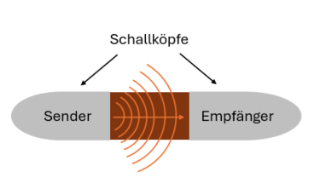
Sealants are indispensable in aircraft construction and other areas of the transport sector. They protect against corrosion, serve as a joining technology, and contribute to improving aerodynamic properties. Reliable curing of the sealants is crucial for the quality and safety of the finished components. Until now, however, this has only been tested on a random basis using standardized laboratory procedures – there is no direct, process-accompanying quality control.
more info
 Fraunhofer Institute for Manufacturing Technology and Advanced Materials IFAM
Fraunhofer Institute for Manufacturing Technology and Advanced Materials IFAM